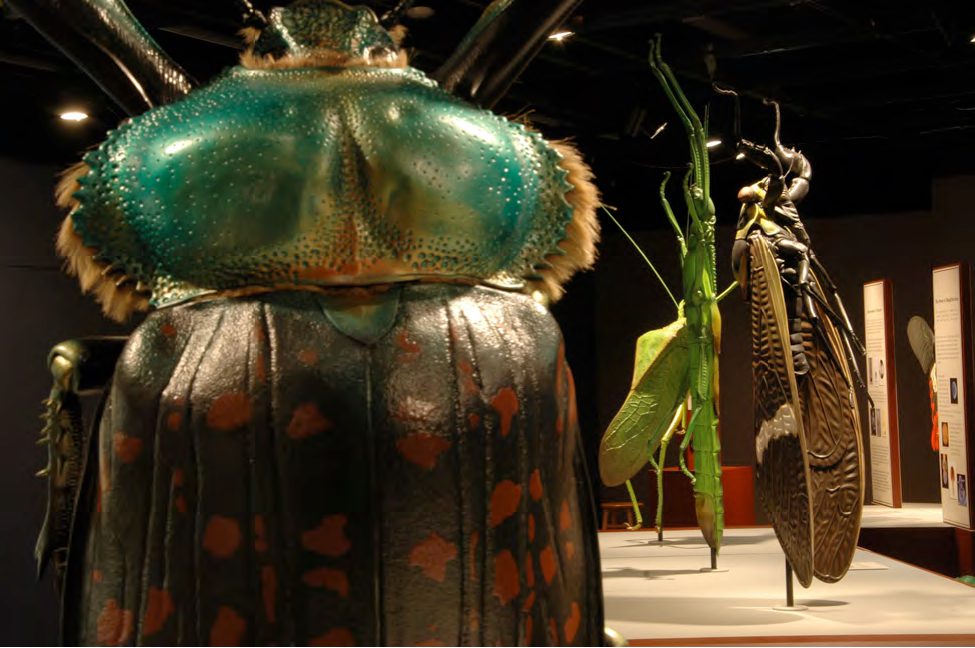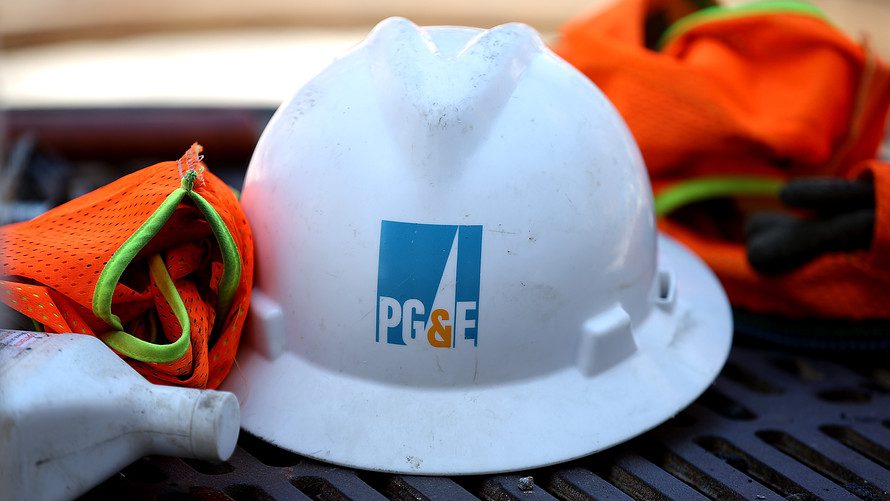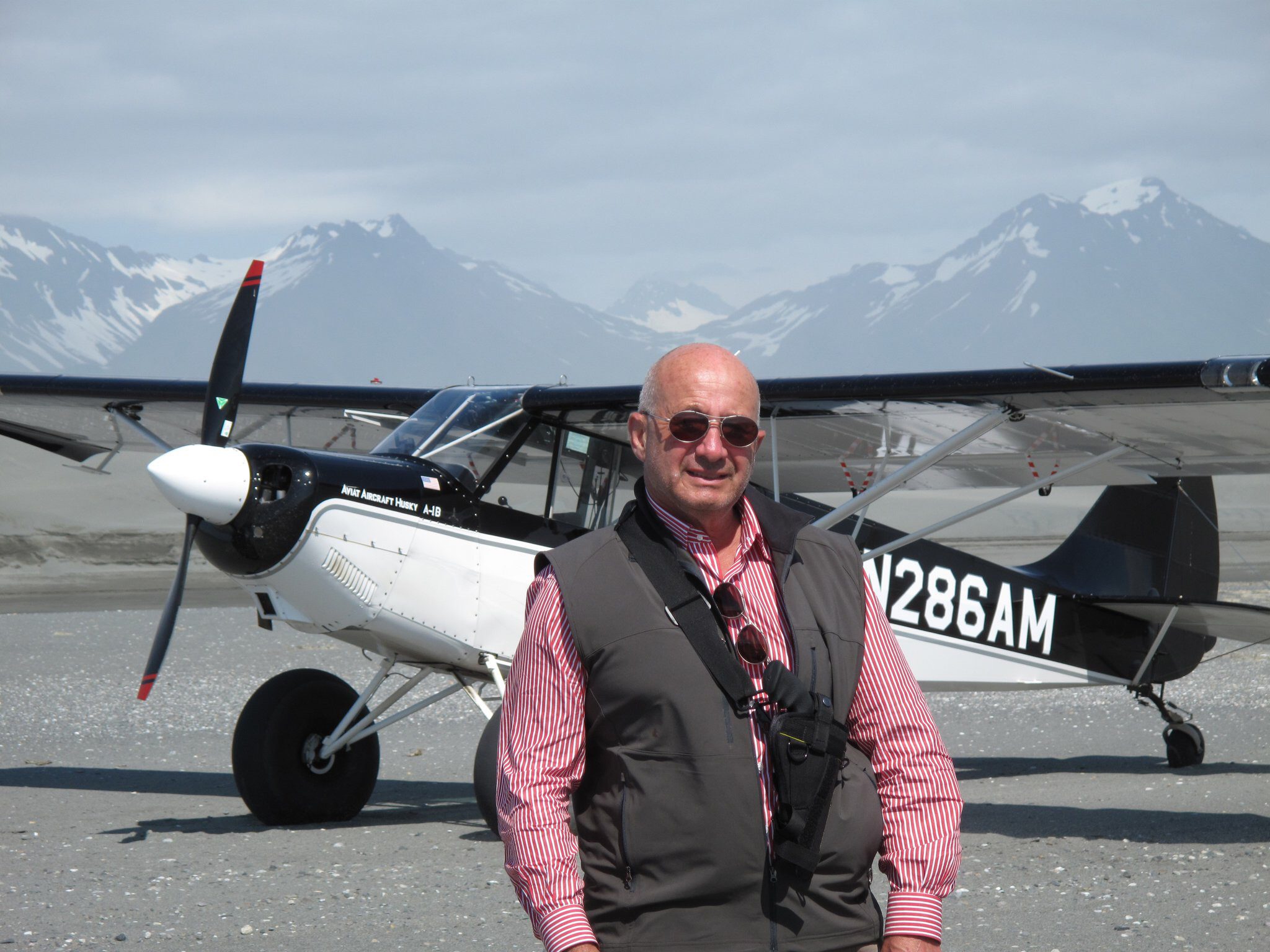Natural History Museum offering close encounters with bugs
SYV Star Staff
Bugs can be hugely destructive or amazingly beneficial (consider termites vs. bees that pollinate), according to entomologists at the Santa Barbara Museum of Natural History.
The museum’s newest exhibit, “Bugs … Outside the Box,” from May 27 to Sept. 10 will give people a chance to get up close and personal with creatures that surround us every day.
“I got the idea for the exhibit from my daughter, actually, because she and I are both terrified of bugs, but she came to the museum and had a hissing cockroach crawl up her arm and it was total bug therapy. I thought how many other people would like this experience to overcome their fear,” said Sherri Frazer, director of marketing and communications at the museum.
Using the power of scale models, visitors can see details of these creatures that manage to remain mostly unseen. With more than a dozen large-scale sculptures (some as large as 15 feet) created by Lorenzo Possenti, visitors can learn how our planet’s most striking insects are put together, see how certain species benefit from using camouflage, and examine the intricate wing structures that insects need to manage flight.
From beetles to butterflies, the exhibition features a literal army of giant bug sculptures with one aim in mind — shining a light on the museum’s collections, taxonomy, and the power of magnification.
“This is a great opportunity for people of all ages to appreciate and learn about the smaller things all around us that normally go unnoticed,” said Matthew Gimmel, the museum’s curator of entomology. “After all, insects make up over two-thirds of all animals on Earth, they dominate most non-marine environments, and can be hugely destructive pests or be amazingly beneficial as pollinators or predators. There are so many insects — we don’t even know how many! — doing so many things that entomologists still have an incredible amount to learn about these creatures.”
Beyond the exhibit’s sculptures are a number of interactive pieces, where guests can touch and learn about these intricate creatures. Showcasing the everyday technology that makes bug research possible, “Magnification Stations” allow guests to test magnification as high as 400 times.
A “Touch Zone” will let visitors handle enlarged insect body parts that match the sculptures throughout. Finally, the “Build a Bug” area will allow everyone to build their own custom creature based on parts from actual insects.
The event will run alongside Bug Boot Camp, an interactive display that will let visitors look through leaves and soil to see what creatures they can uncover.
Also at the museum is the weekly Bug Out Tuesdays event throughout the summer, a free event where scientists of all ages can see a range of bug-themed displays.
On the exhibit’s opening day in Broder Hall, guests can learn insect taxonomy and will get to try pinning a bug of their own with the help of museum entomologists.
The museum, located along Mission Creek in the Mission Canyon area of Santa Barbara, has 10 indoor exhibit halls focusing on regional natural history including astronomy, birds, insects, geology, mammals, marine life, paleontology, plant life, and the Chumash Indians.
The museum’s outdoor nature experience continues down to the Pacific Ocean at its Sea Center on Stearns Wharf, which offers nearly 100,000 visitors per year a window to ocean life in the Santa Barbara Channel through its interactive exhibits and close-up, hands-on encounters with sea creatures.
For more information, log onto www.sbnature.org.






